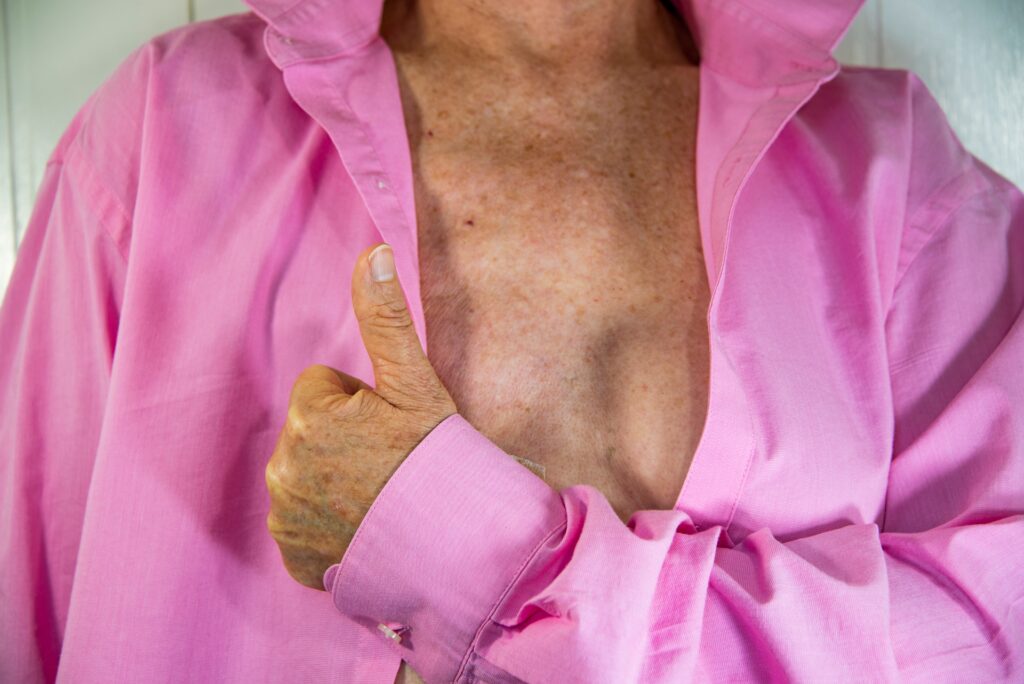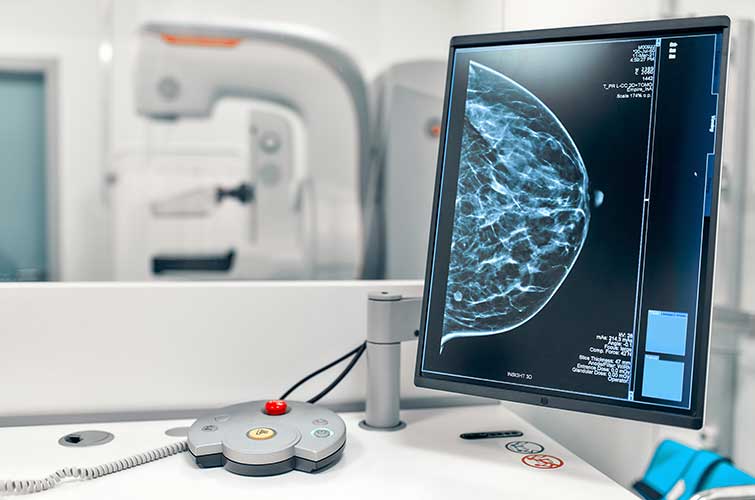A mastectomy is the surgical removal of all the breast tissue from the breast. This is a common procedure done to fight against breast cancer. The procedure is not just a method of treatment but can also be preventive in the sense that doing so will protect against potential spread of cancer through other parts of the body. Depending on the advice of the doctor and the condition of the tumor growth, a mastectomy is opted over a lumpectomy (removal only of lesser breast tissue as well as the cancer).
Mastectomies may be done on only one breast or both breasts. Questions may arise for the patient such as “Do I still need to get a mammogram if I only have one breast left? How about if I had a double mastectomy?” The short and simple answer is yes you do. A mastectomy does not completely exempt women from future breast imaging.
Removal of the breast tissue does not mean a 100% guarantee of being cancer-free in the future. That is why after your mastectomy it is still important to have those regular visits to the doctor.
Research On Women Post-Mastectomy

A research published back in 2018, “Defining the Need for Imaging and Biopsy After a Mastectomy” studied women who had either a single mastectomy or a bilateral mastectomy. In this research, women had a follow-up breast imaging and biopsy done on an average of 30 months after their mastectomy. 185 of the cases were women who had the single mastectomy, and 200 were women who had the bilateral mastectomy.
For the group with single mastectomy, 19 of the women had the ultrasound done on the remaining breast tissue. 11 of the women required a biopsy after that imaging. There were still at least 2 women who had malignant findings as a result of the biopsies.
The group with the women who had the bilateral mastectomy, 29 women had the ultrasound done and 22 of these ultrasounds were done in the area where there was previous detection of cancer. 2 of the women had chest MRI. 16 women had a biopsy done. 5 of the women had biopsies done on the side where there were no previous cancer signs. The results of those 5 were benign. 11 of the biopsies were done ipsilateral (on the side where there previously was cancer). 3 of those biopsies showed signs of cancer.
From the research we can conclude that a mastectomy therefore does not completely rule out the need for breast imaging but we need to deal with this information carefully. We cannot simply infer that mastectomies have no value because breast cancer can still show up after a mastectomy. What we can derive from the research is that the risk of having cancerous growth once again in the chest area, is greatly reduced. That is why even until today, mastectomy is still a procedure done both as a treatment and a preventive measure.
I Don’t Have Breast Cancer, Should I Get a Mastectomy?
The question above refers to Prophylactic Mastectomy. Some women may have opted to do this due to their profile being a woman that has high risk for breast cancer. Here are some risk factors that make a person more likely to have breast cancer:
- Age – women over 55
- Radiation exposure – particularly at the chest area and during an early age
- Menstrual history – early menstruation (before 12) or menopause is late. In short, prolonged exposure to hormones
- Pregnancy History – having a child after 30
- Alcohol Lifestyle – more alcohol intake increases risk of breast cancer
- Physical fitness – women who are obese have increased risk
- Breast density – more dense breasts have higher risk
- Family history – if there are breast cancer cases in your family, the risk is also higher
It is also important to note that breast cancer is not only found in women but also in men. There have been cases where men have strong breast cancer incidence in their family history, a prophylactic mastectomy has been done.
Talk To Your Doctor
Having a mastectomy is a big decision and is not the only choice available. Whether you proceed with prophylactic measures (preventive) or a targeted treatment method, being on the side of science and medicine is the best thing to do. Your doctor will walk you through all the options available depending on the state of your body.
